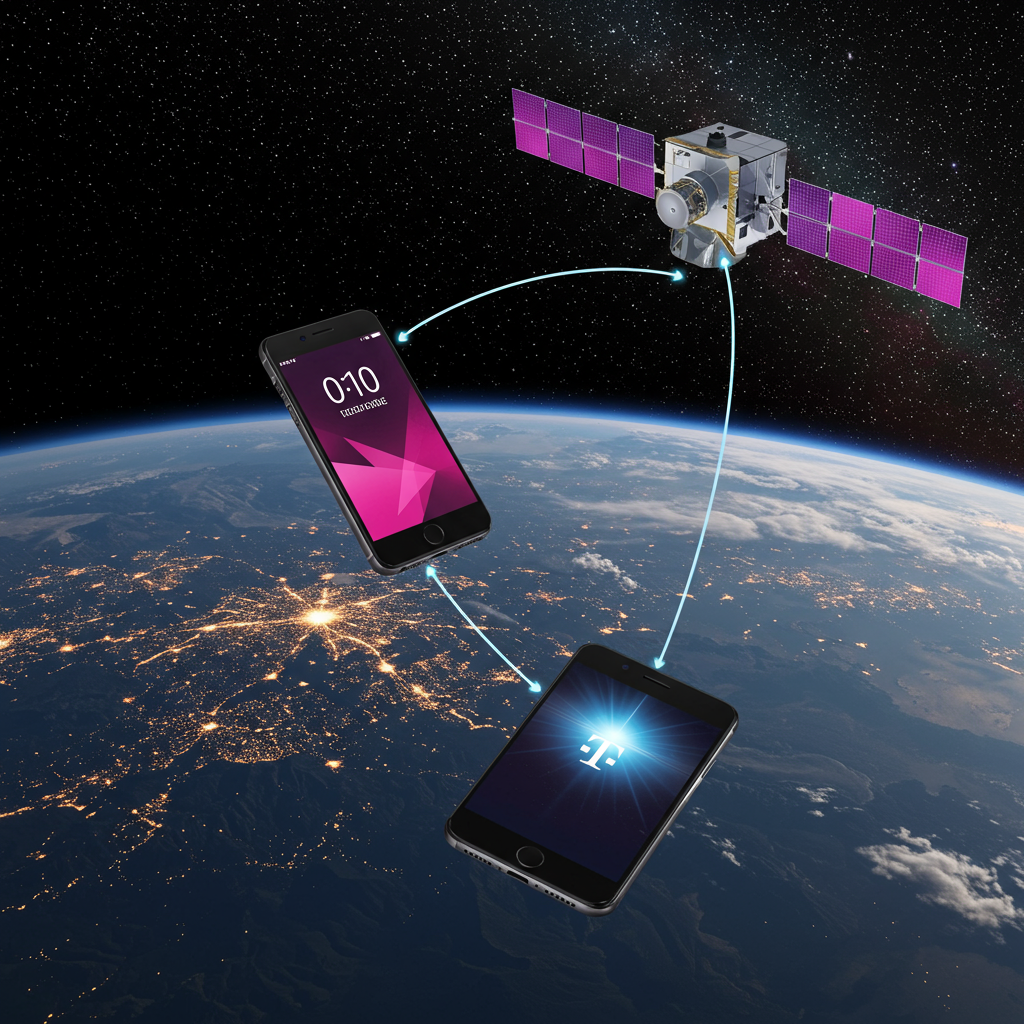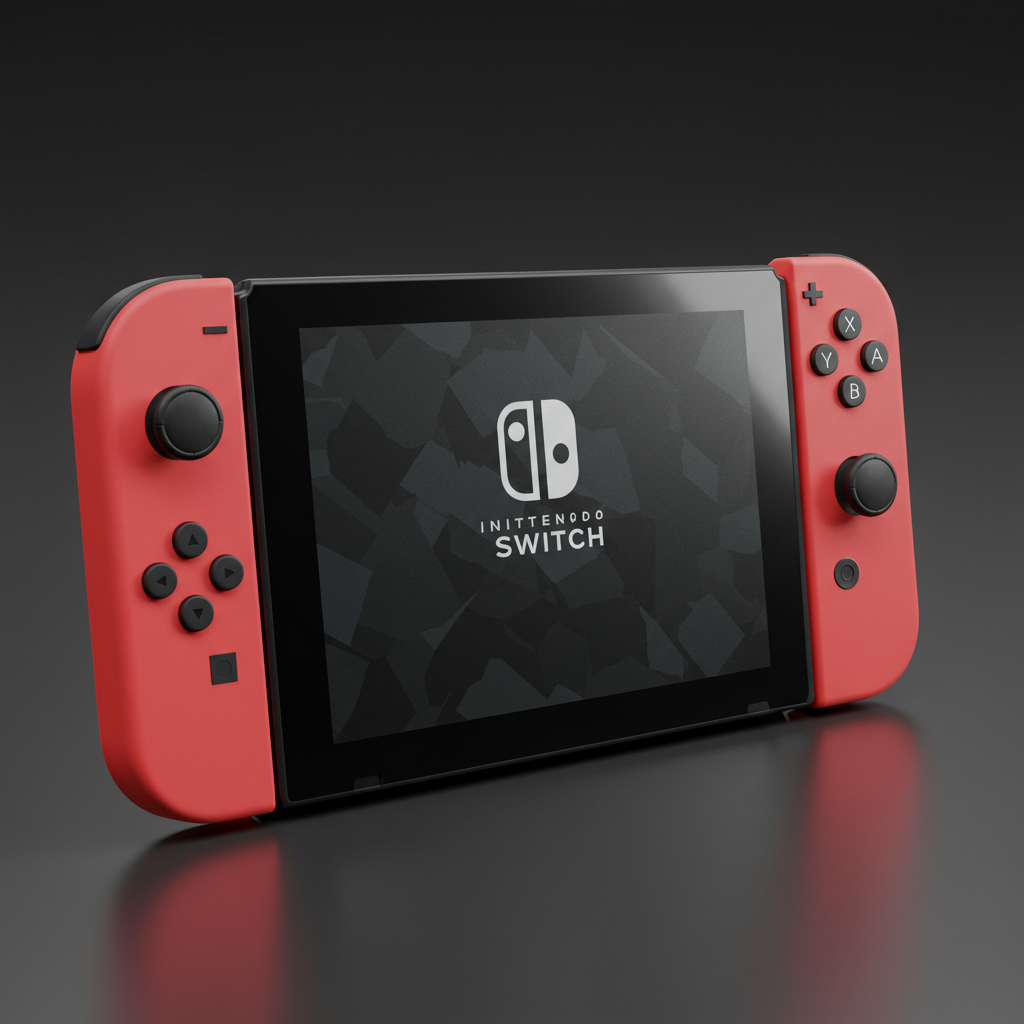The era of mobile dead zones is officially nearing its end. T-Mobile, in a groundbreaking partnership with SpaceX’s Starlink, has launched its highly anticipated direct-to-cell satellite service, T-Satellite. As of July 23, 2025, this innovative platform is available to customers, promising to revolutionize connectivity in remote and underserved areas across the United States. No longer will adventurers, remote workers, or disaster victims be truly off-grid; their existing smartphones can now seamlessly connect to a network of low-Earth orbit satellites, bridging the gap where traditional cell towers fall silent.
Revolutionizing Connectivity: What is T-Satellite with Starlink?
T-Satellite is T-Mobile’s ambitious answer to ubiquitous mobile coverage. It’s a direct-to-cell messaging service designed to connect standard smartphones—not specialized satellite phones—to a satellite network when traditional cellular service is unavailable. This groundbreaking capability is powered by over 650 dedicated Starlink low-Earth orbit (LEO) satellites, effectively acting as “floating cell towers” that blanket vast swaths of the U.S. landscape.
This service eliminates the need for manual connection or specific phone orientation. Unlike previous satellite communication systems, T-Satellite automatically detects when terrestrial coverage drops and switches to the satellite network. This seamless transition ensures users remain connected, whether they are deep in a national park, at an off-the-grid job site, or caught in the midst of a natural disaster. The partnership, dubbed “Coverage Above and Beyond,” was first announced in August 2022, culminating in this transformative launch.
Beyond the Grid: Solving Mobile Dead Zones and Enhancing Safety
One of T-Satellite’s most significant impacts is its ability to conquer mobile dead zones. T-Mobile estimates the service extends coverage to an additional 500,000 square miles of U.S. territory currently unreached by traditional cell towers. This means enhanced safety and communication for millions.
The service’s utility was dramatically demonstrated during its six-month testing phase, which saw nearly two million people utilize the platform. Beta users successfully sent over a million texts from areas without terrestrial cellular coverage, including remote trails and oil fields. Crucially, T-Satellite proved invaluable during emergencies. Over 410,000 individuals used the service to contact loved ones during the Los Angeles fires, and nearly 94,000 users did the same in the aftermath of recent Texas floods. T-Mobile’s President of Marketing, Strategy, and Products, Mike Katz, emphasized this core benefit, stating, “no customer should ever be in a situation where they are unconnected in an emergency.”
The ability to send emergency texts to 911 via satellite is a cornerstone of this offering, available from launch. T-Mobile has further committed to making 911 texting free for any compatible mobile customer, regardless of their carrier or T-Satellite subscription, later this year. This commitment underscores the service’s vital role as a lifeline.
Features, Compatibility, and Future Expansion
Upon its full commercial launch, T-Satellite supports basic SMS text messaging for both Android and iOS devices. Android users gain immediate access to MMS capabilities, allowing them to send images and audio clips, with iPhone MMS support anticipated to follow soon.
A major expansion is slated for October 1, when T-Satellite will gain full data support for a growing list of popular third-party applications. This initial list includes essential utilities for remote users: AccuWeather, AllTrails, Google, WhatsApp, and X (formerly Twitter). T-Mobile actively invites app developers to integrate their services, indicating a broader ecosystem is on the horizon. This data access is facilitated by integrated software hooks within iOS and Android, optimizing app performance for the satellite network’s limited bandwidth. While initial focus is on messaging and essential apps, plans are in place to expand to voice calls and broader web browsing in the future, albeit likely at an additional cost.
Remarkably, T-Satellite is designed for broad smartphone compatibility. Most devices manufactured within the last four years can connect without specialized hardware. This includes models like the Apple iPhone 13, 14, 15, and 16 series; Google Pixel 9 series; Motorola Moto G Stylus, Razr, and Edge models from 2024/2025; and Samsung Galaxy S21 through S25 series, select A-series models, and Galaxy Z Flip/Fold 3 through 6, along with the XCover 7 Pro. Users simply need to ensure their phone is on the latest software update.
Pricing and Accessibility for All
T-Mobile has structured its T-Satellite pricing to make this vital service broadly accessible. For customers on premium T-Mobile plans, such as “Experience Beyond” (around $100 per month for one line) and “Go5G Next,” T-Satellite access is included at no additional cost. Customers on the “Experience More” plan will receive the service free until the end of 2025.
For all other mobile phone customers, including those on AT&T and Verizon plans, the satellite service is available as an add-on for a surprising $10 per month. This monthly fee represents a significant reduction from the initial beta program, which had priced the service higher at $15 for other T-Mobile customers and $20 for AT&T/Verizon users, indicating T-Mobile’s push for wider adoption. AT&T and Verizon customers can activate the service by setting up T-Satellite as a second eSIM on their compatible device. This cross-carrier availability is a unique competitive differentiator, allowing virtually any compatible smartphone user to tap into this new realm of connectivity.
T-Mobile’s Competitive Edge and Future Outlook
T-Mobile’s partnership with Starlink gives it a substantial competitive advantage in the burgeoning satellite-to-mobile space. While rivals like AT&T and Verizon are pursuing their own satellite messaging partnerships (with AST SpaceMobile and Amazon’s Project Kuiper, respectively), T-Mobile asserts it is “way, way behind” in direct-to-cell technology compared to their offering. Existing satellite connectivity in phones, such as Apple’s emergency SOS messaging, has typically been limited in scope. T-Satellite’s broader SMS, MMS, and upcoming data capabilities mark a significant leap forward, setting a new industry standard.
The launch of T-Satellite is more than just a new service; it’s a strategic move that fundamentally reshapes the landscape of mobile communication. By extending reliable connectivity to areas traditionally considered “dead zones,” T-Mobile isn’t just selling a feature—it’s providing a critical safety net and unlocking new possibilities for remote work, adventure, and disaster response. The ongoing expansion to include more data services and wider app support promises an even more connected future, proving that the sky is no longer the limit for your smartphone.
Frequently Asked Questions
What exactly is T-Mobile Starlink and how does it work?
T-Mobile Starlink, officially known as T-Satellite, is a direct-to-cell service launched on July 23, 2025, allowing standard smartphones to connect to a satellite network. It leverages over 650 dedicated low-Earth orbit (LEO) satellites from SpaceX’s Starlink constellation. When a user loses traditional cellular coverage, their phone automatically connects to the nearest Starlink satellite. This seamless process enables basic text messaging (SMS/MMS) and, from October 1, 2025, data access for select optimized apps, effectively eliminating mobile dead zones without needing specialized hardware.
Which devices are compatible with T-Mobile Starlink service?
The T-Satellite service is designed to work with most smartphones manufactured within the last four years. This broad compatibility includes various recent models from major brands like Apple (iPhone 13, 14, 15, and 16 series), Google (Pixel 9 series), Samsung (Galaxy S21 through S25 series, select A-series, and Galaxy Z Flip/Fold 3 through 6), and Motorola (2024/2025 models like Moto G Stylus, Razr, Edge). Users simply need to ensure their device is updated to the latest software version to enable satellite connectivity.
How much does T-Mobile Starlink cost, and who can get it for free?
For most T-Mobile, AT&T, and Verizon customers, T-Satellite costs $10 per month as an add-on. However, T-Mobile offers the service for free to customers on its premium “Experience Beyond” and “Go5G Next” plans. Additionally, customers on the “Experience More” plan will receive T-Satellite for free until the end of 2025. Critically, T-Mobile has pledged that 911 emergency texting via satellite will be made available for free to any compatible mobile customer later this year, regardless of their carrier or subscription status.




